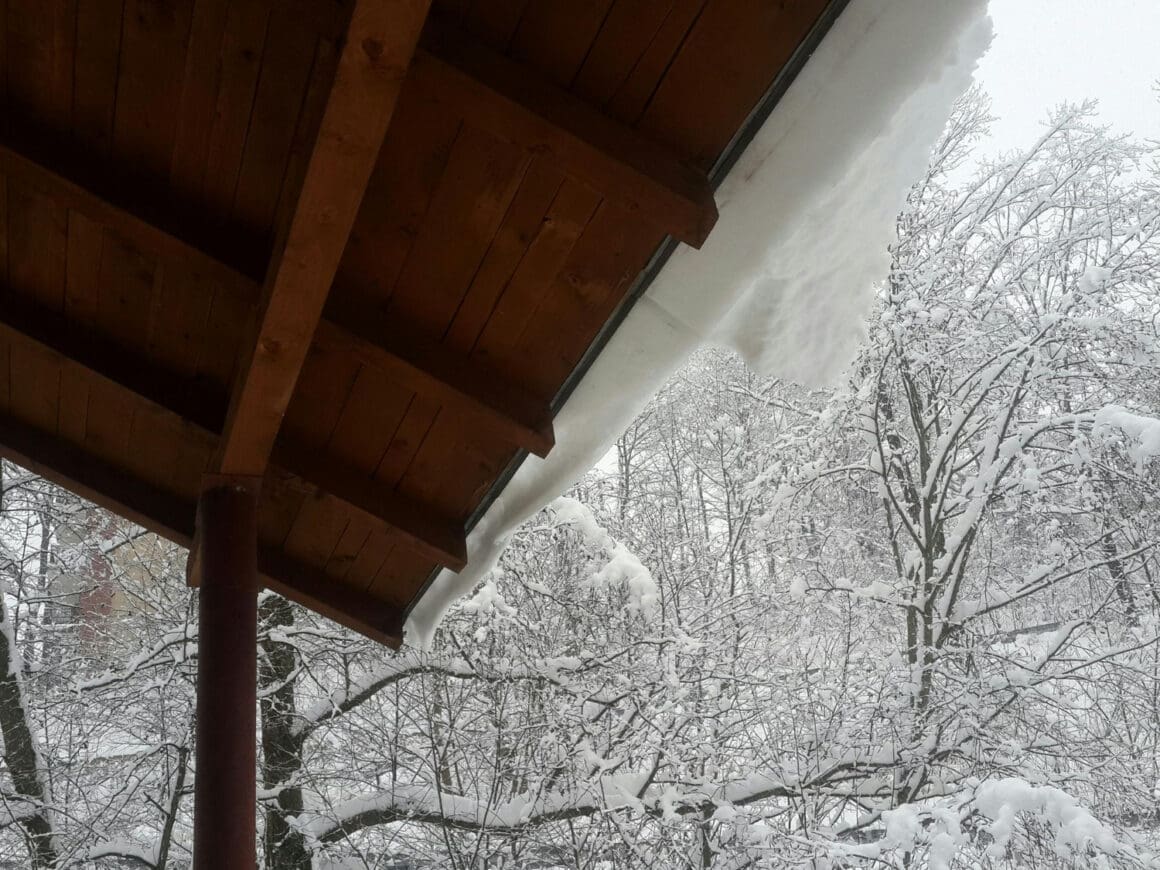Recent observations highlight the significant impact that snow accumulation can have on rooftops, primarily determined by the moisture content of the snow.
The amount of snow on rooftops varies significantly with its moisture content. While dry and fluffy snow is lighter, wet snow carries considerable weight, which can quickly accumulate on rooftops. This variation poses different challenges for building structures, depending on regional weather conditions.
Seasonal changes bring about diverse types of snow, each affecting buildings differently. Understanding these differences is crucial for structural integrity during heavy snowfalls. Roof collapses, although uncommon, can occur when wet snow accumulates rapidly, exerting excessive pressure on structures that may not be designed to withstand such weight.
Meteorological experts emphasize that assessing the risk of snow load on buildings involves evaluating several factors, including roof design, material, and the angle of slopes. Buildings in regions prone to heavy snowfall often have steeply-pitched roofs, which help to prevent snow accumulation and reduce the risk of collapse.
In addition to structural considerations, snow removal from roofs is an important aspect of building maintenance in snowy regions. Property owners must stay informed about weather forecasts to manage snow accumulation effectively, thereby minimizing potential hazards. Efficient snow management strategies can prevent costly repairs and maintain the safety and functionality of buildings.
Awareness and preparation are essential in managing the risks associated with snow accumulation on rooftops. By understanding the characteristics of snow and employing strategic maintenance practices, property owners can protect their investments and ensure safety.
Source: Weather














